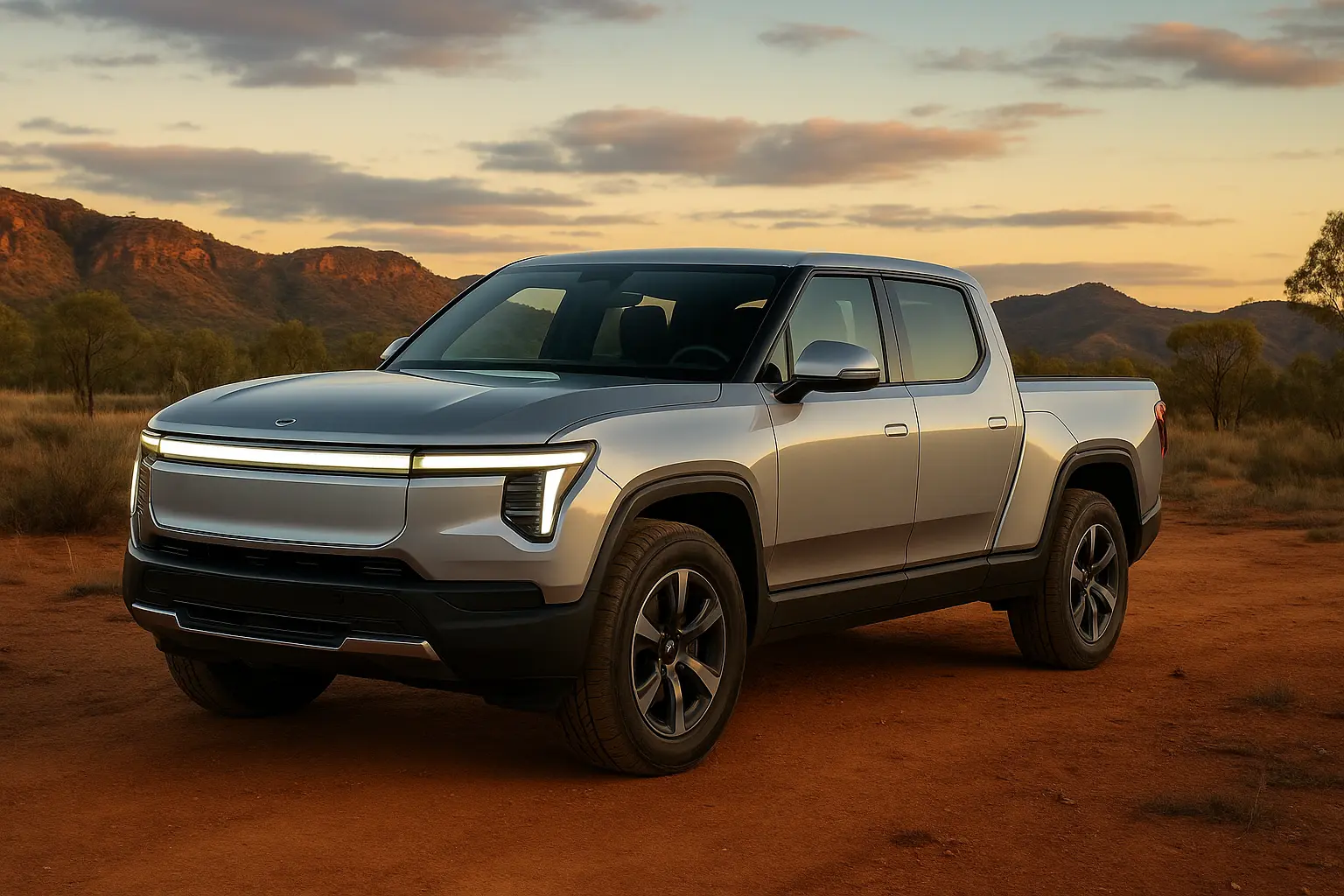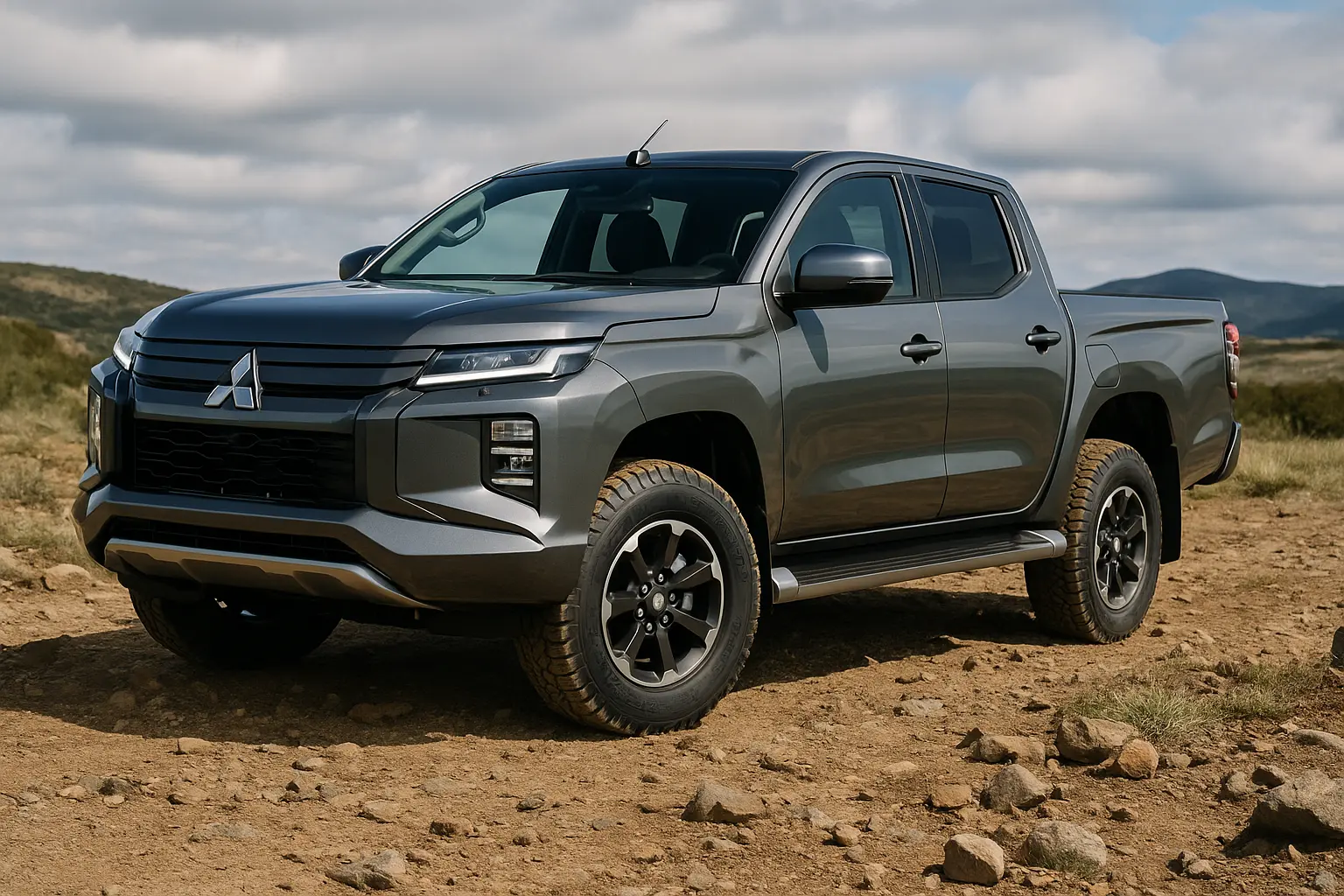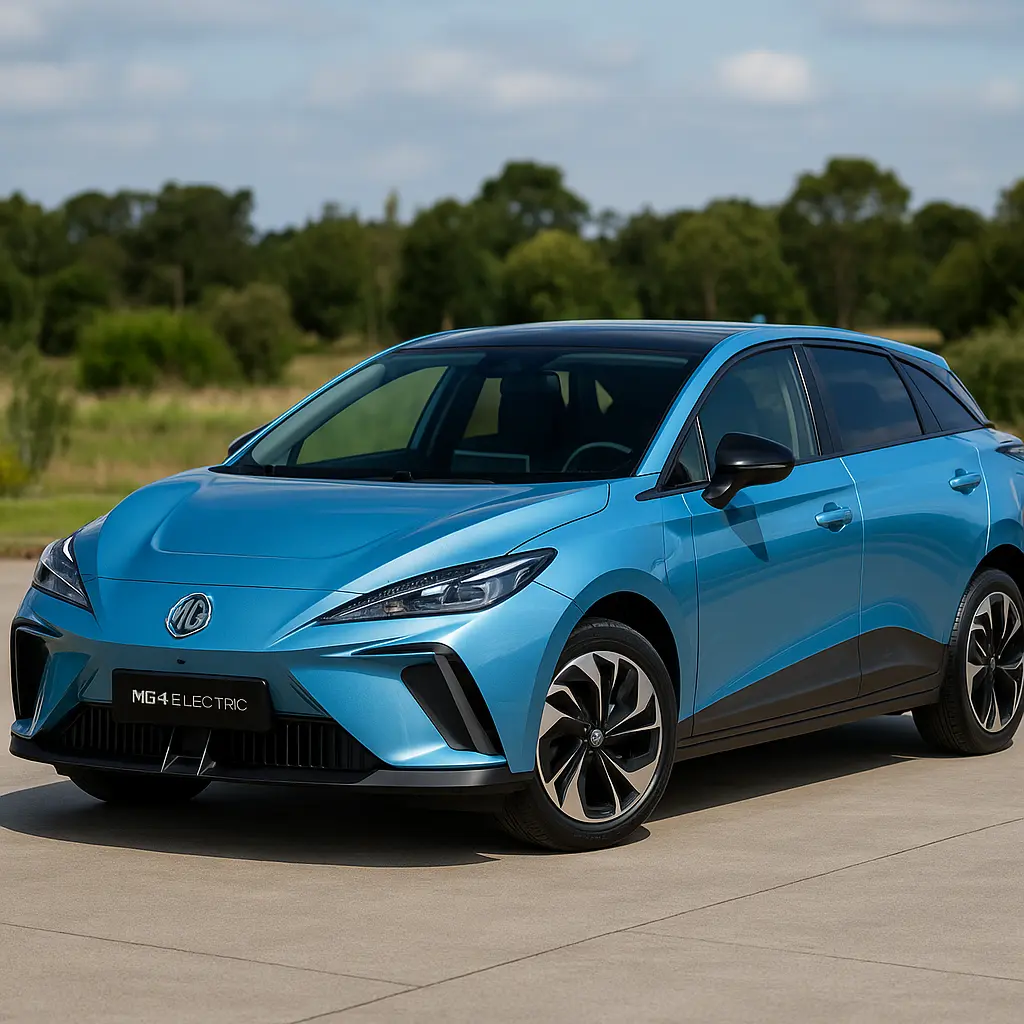The Quiet Revolution of Electric Utes in Australia

Introduction: When Utility Meets Innovation
Utes have long been part of the Australian cultural and practical identity. From remote Outback roads to busy urban tradie sites, these rugged vehicles represent power, endurance, and everyday usability. But in 2025, a quiet revolution is reshaping the landscape — electric utes are gaining serious traction.
What started as a niche innovation is now becoming mainstream, driven by government incentives, environmental awareness, and massive leaps in EV technology. Brands like Tesla, LDV, Ford, Rivian, and even legacy players such as Toyota and Nissan are jumping into the electric ute market.
So, how does this revolution affect the everyday Aussie? Are electric utes truly capable replacements for their diesel ancestors? And which models should you watch in 2025?
Let’s explore this new frontier.
1. Why Australia Needs Electric Utes Now More Than Ever
1.1 The EV Push is Real
Australia has seen a dramatic increase in EV uptake, with over 10% of all new car sales in 2025 being electric. Utes, which previously lagged behind due to towing and range concerns, are now catching up thanks to:
Improved range (400–800km)
High-torque electric motors
Faster DC charging
Government rebates and registration incentives
Corporate fleet sustainability mandates
1.2 Utes Are a Huge Part of the Australian Vehicle Market
The Toyota HiLux and Ford Ranger consistently top sales charts year after year. In 2024, over 20% of new vehicles sold were utes. That means any real change in Australia's transport emissions must involve transitioning utes to cleaner fuel — electricity.
1.3 Fuel Savings & Maintenance Cost Reduction
Electric utes cost more upfront but offer massive savings in running costs:
$0.15/km for electricity vs $0.25–0.35/km for diesel
No oil changes, fuel filters, or timing belts
Regenerative braking reduces brake wear
Government rebates (up to $5,000 in some states)
2. What Makes an Electric Ute Different?
Electric utes are more than just battery-powered versions of their diesel cousins. They redefine how a utility vehicle performs.
2.1 Key Differences
| Feature | Traditional Ute | Electric Ute |
|---|---|---|
| Fuel Type | Diesel or Petrol | Battery Electric (BEV) |
| Torque Delivery | Gradual | Instant (from 0 RPM) |
| Maintenance Needs | High (fluids, filters) | Low (minimal moving parts) |
| Refueling Time | ~5 mins | 30–60 mins fast charging |
| Emissions | High CO₂ output | Zero tailpipe emissions |
| Noise Levels | Loud engine noise | Whisper quiet |
2.2 Advantages for Aussie Conditions
Off-road prowess: Instant torque is great for sand and mud
Load stability: Electric weight gives better on-road balance
Low centre of gravity: Safer cornering even when loaded
3. Electric Ute Models Available in Australia – 2025 Line-up
Let’s dive into the top electric utes that are either on sale or confirmed for Australia in 2025.
3.1 LDV eT60 – The Pioneer
Price: From $92,990 drive-away
Range: 330 km
Payload: 1,000 kg
Towing: 1,500 kg
Charging: 80kW DC fast charge
China’s LDV was first to launch an electric ute in Australia. While the range is modest, it’s proven popular with fleet buyers who value its simplicity and early market presence.
3.2 Ford F-150 Lightning (Expected 2025/2026)
Price (Est.): $130,000+
Range: Up to 515 km
Power: 420 kW
Towing: 4,500 kg
Ford’s full-size EV pickup is America’s best-selling electric ute and is expected to reach Australia via RHD conversion in 2025. With massive performance and load capacity, it’s a game-changer.
3.3 Rivian R1T
Price (Est.): $140,000+
Range: 500–640 km
Off-Road Modes: Rock, Sand, Snow
Wading Depth: 900 mm
This adventure-focused EV ute has a cult following in the U.S. Rivian has official plans to launch in Australia, and with rugged design, quad motors, and clever features like a gear tunnel, it’s built for Aussie wilderness.
3.4 Tesla Cybertruck (TBC Australia)
Price (Est.): $120,000–150,000
Range: Up to 800 km
Power: 600+ hp
Payload: ~1,500 kg
Love it or hate it, the Cybertruck is iconic. Tesla may offer it in Australia post-2025, pending compliance with ADR rules.
3.5 Toyota HiLux Revo BEV (Prototype Shown)
Toyota has teased electric utes, including the Revo BEV. Australia’s top-selling ute may go electric in late 2025 or 2026. It’s one of the most anticipated launches in the EV space.
4. Range Anxiety and Charging: Is It Still a Problem?
Not anymore. Here’s why.
4.1 Real-World Range Improvements
Thanks to 90–150kWh batteries, modern EV utes now reach:
400–500 km fully loaded
600+ km unladen on highway drives
4.2 Charging Network in Australia
The EV charging landscape is rapidly improving:
Over 2,000 fast charging locations (NRMA, Evie, Chargefox)
New regional and remote charging initiatives
Utes equipped with Type 2 CCS and 100–350kW support
4.3 Home Charging for Tradies
Most tradies return home daily, so an overnight charge with a 7kW wall box is enough for daily use. No fuel station queues. No fuel price spikes.
5. Off-Roading and Towing with Electric Utes
5.1 Instant Torque Advantage
Electric motors produce peak torque from 0 RPM — ideal for:
Hill climbs
Sand and boggy terrain
Controlled low-speed manoeuvring
5.2 Regenerative Braking Downhill
EVs allow regenerative braking on descents, reducing brake usage and increasing battery range during off-road tours.
5.3 Towing Concerns
Yes, range drops while towing — around 30–40% depending on load. But features like:
Preconditioning battery for towing
Towing drive modes
Weight balancing through smart systems
…are helping overcome this limitation.
6. Government Incentives and Business Benefits
6.1 National and State Rebates
Some Australian states offer:
Stamp duty exemptions
$3,000–$5,000 EV purchase rebates
Fringe Benefits Tax (FBT) exemptions for novated leases
Discounted rego or road-user charges
6.2 For Fleets and ABNs
Electric utes offer instant asset write-offs, lower fuel expenses, and a lower TCO (total cost of ownership). Fleets aiming for net-zero goals are transitioning faster than private buyers.
7. Challenges Facing Electric Utes in Australia
It’s not all smooth sailing. Key challenges include:
7.1 Price Barriers
Most EV utes cost over $90,000 currently.
Battery tech remains expensive, though prices are trending downward.
7.2 Charging in the Bush
Remote and rural areas still need more charging stations.
Some businesses are installing solar + battery solutions on-site.
7.3 Consumer Education
Misinformation about EV capability persists.
Tradies and farmers need real-world testing and assurance.
8. The Future Outlook – What to Expect by 2030
EV ute prices will fall below $60K as batteries get cheaper
More models from Isuzu, Nissan, Mazda, and BYD will launch
Hydrogen fuel cell utes may emerge for long-haul needs
Battery swapping tech could be trialled in commercial applications
Australia will have over 10,000 fast charging points
9. Should You Buy an Electric Ute in 2025?
You Should If:
✅ You want lower running costs
✅ You drive under 300km daily
✅ You use it for urban deliveries or trade
✅ You care about emissions and sustainability
✅ You have access to home charging
You Might Wait If:
⏳ You tow heavy loads over 1,500 km often
⏳ You live in remote regions with few chargers
⏳ You’re budget-limited to under $50K
⏳ You’re waiting for newer models in 2026+
10. Final Verdict: A Revolution in Quiet
The rise of electric utes in Australia is inevitable. What once seemed far-fetched — a ute that’s fast, quiet, clean, and powerful — is now a reality.
Whether it’s for hauling tools, weekend off-roading, or corporate fleets, EV utility vehicles are reshaping how Aussies think about work and transport. And the revolution is just beginning.
Stay tuned to Carsoop.com.au for more real-world reviews, EV buying guides, and the latest on Australia’s vehicle transformation.
Leave a comment
Your email address will not be published. Required fields are marked *




















